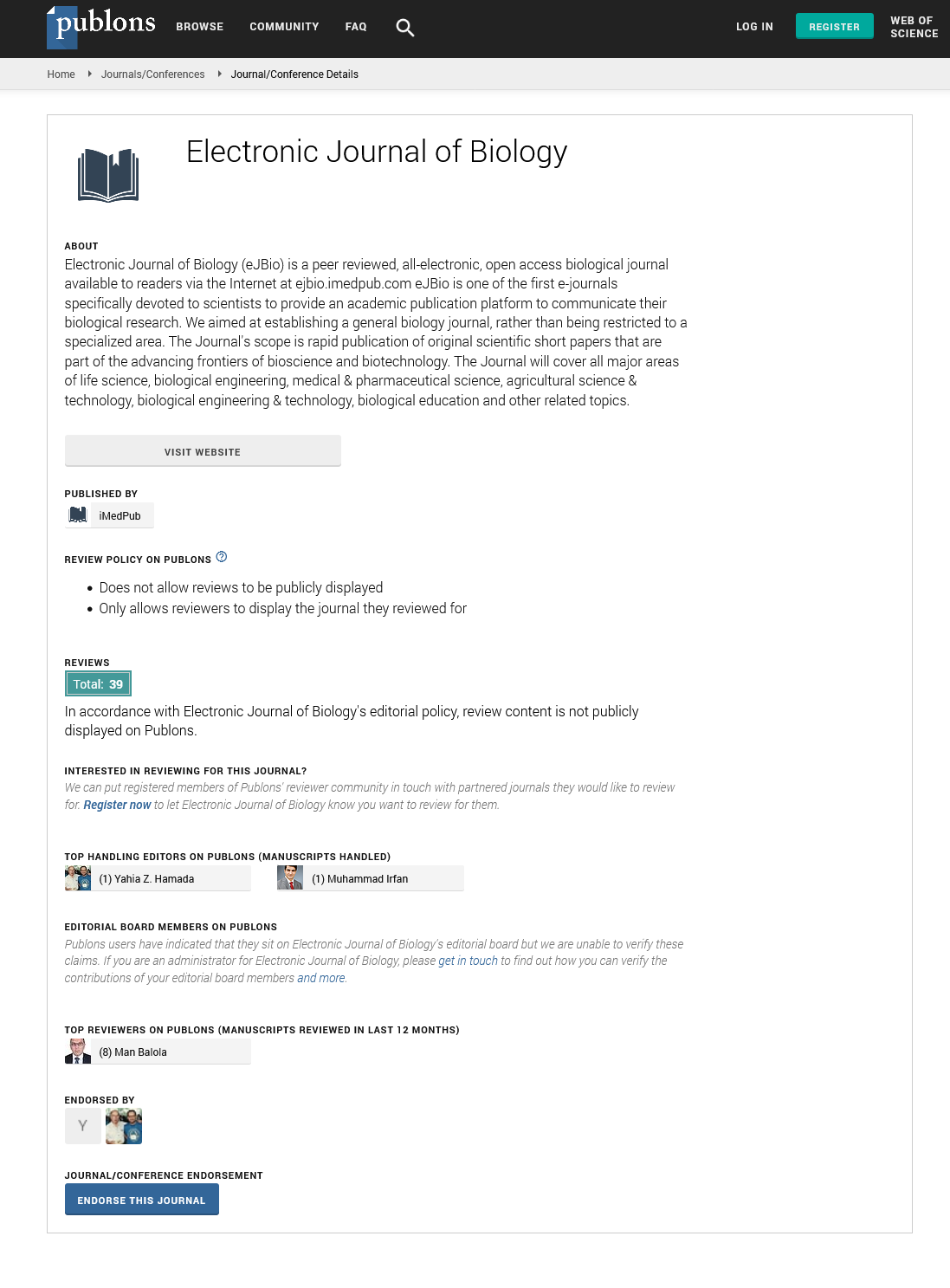Abstract
Lactic Acid Bacteria Isolation, Phenotypic Characterization and Growth Kinetics of Lactobacillus Curvatus from Carob Pods Syrup
Lactic acid is considered as a very important chemical compound with significant applications in pharmaceuticals, cosmetics and especially in the food industry. New applications, such as degradable plastics made from poly (lactic) acid, have the potential to greatly expand the market for lactic acid, if more economical processes could be developed. Industrial processes for the production of lactic acid typically use sucrose from cane and beet sugar, whey containing lactose and maltose and dextrose from hydrolyzed starch. The pulp of carob (Ceratonia siliqua L.) pods contains high contents of sugar (sucrose, fructose and glucose) and can be employed as a raw material for the production of lactic acid. The aim of the present study consists in the optimization of physicochemical parameters (temperature and pH) , and also the culture medium for producing lactic acid by Streptococcus thermophilus on the carob extract based medium. The optimum pH and temperature for bioactive metabolite production were 6.6 and 41°C respectively. Highest lactic acid production (29.95 g/L) was found when the strain was inoculated into the medium amended with Tween 80 at the concentration of 1%. Carob extract could serve as a good potential source of raw materials for the efficient production of lactic acid by Streptococcus thermophilus.
Author(s):
Bouhadi D, Raho B, Hariri A, Benattouche Z, Ould Yerou K, Sahnouni F
Abstract | Full-Text | PDF
Share this

Google scholar citation report
Citations : 5001
Electronic Journal of Biology received 5001 citations as per google scholar report
Electronic Journal of Biology peer review process verified at publons
Abstracted/Indexed in
- Google Scholar
- China National Knowledge Infrastructure (CNKI)
- CiteFactor
- Electronic Journals Library
- Zoological Records
- WorldCat
- Proquest Summons
- Publons
- MIAR
- Openaccessarticles.com
- Secret Search Engine Labs
Open Access Journals
- Aquaculture & Veterinary Science
- Chemistry & Chemical Sciences
- Clinical Sciences
- Engineering
- General Science
- Genetics & Molecular Biology
- Health Care & Nursing
- Immunology & Microbiology
- Materials Science
- Mathematics & Physics
- Medical Sciences
- Neurology & Psychiatry
- Oncology & Cancer Science
- Pharmaceutical Sciences


